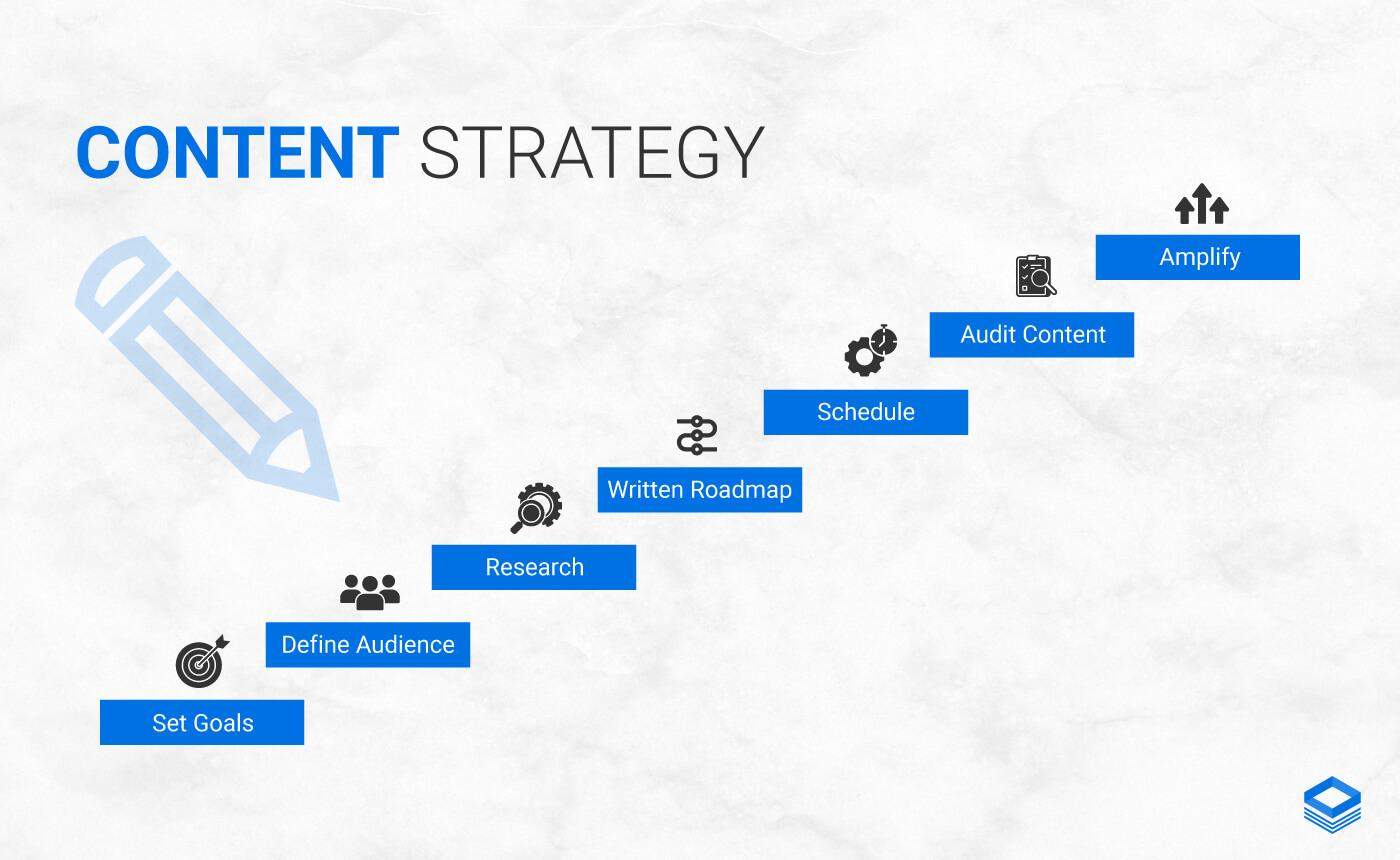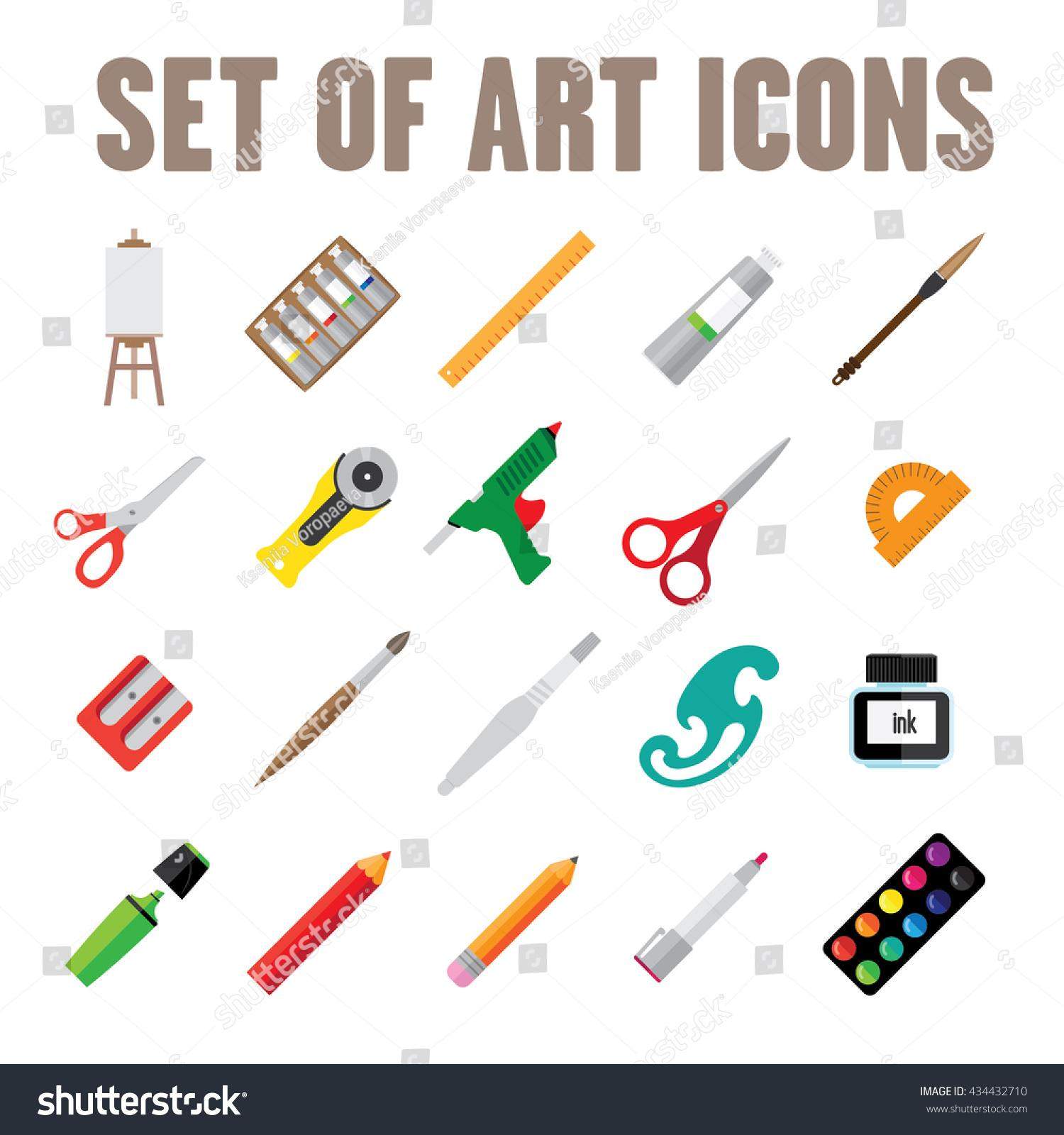In the ever-evolving landscape of digital communication, crafting an effective content strategy is akin to sculpting a masterpiece—requiring thoughtful planning, creativity, and a solid foundation. As organizations seek to engage their audiences and convey their messages with impact, understanding the core elements that drive successful content strategies becomes paramount. In this listicle, we will explore five essential elements that form the backbone of a robust content strategy. From defining your audience to measuring success, each element plays a crucial role in guiding your efforts and ensuring your content resonates. Whether you’re a seasoned marketer or just starting your content journey, this exploration will equip you with valuable insights to enhance your approach and make every piece of content count. Prepare to dive in and discover the key components that will elevate your content strategy to new heights!
1) Audience Understanding: At the heart of any successful content strategy is a deep understanding of your target audience. This entails researching their demographics, preferences, and pain points. By creating detailed buyer personas, you can tailor your content to resonate with their needs and interests, ensuring that every piece you produce hits the mark
Understanding your audience is the cornerstone of an effective content strategy. Begin by delving into demographic details such as age, gender, location, and income levels. This foundational data will help you grasp the broader context of who your audience is. However, to truly resonate with them, elevate your research to uncover their preferences and pain points. This can be achieved through various methods, including:
- Surveys and Questionnaires: Gather direct feedback from your audience.
- Analytics Tools: Examine website traffic and user behavior patterns.
- Social Media Insights: Monitor engagement trends on platforms where your audience interacts.
Once you have gathered sufficient information, create detailed buyer personas that encapsulate your audience’s characteristics and motivations. These personas should go beyond demographics, including insights into their aspirations, values, and challenges. For instance, you may find that a segment of your audience values eco-friendly products, while another struggles with time management. Crafting content that speaks directly to these nuances enhances engagement and boosts the likelihood of conversions. Here’s a simple representation of potential buyer personas:
| Persona Name | Age Group | Interests | Pain Points |
|---|---|---|---|
| Eco-Friendly Emma | 25-35 | Sustainability, Health | Overwhelmed by environmental choices |
| Busy Brian | 35-50 | Productivity, Tech | Lack of time for personal projects |

2) Clear Goals and Objectives: Defining clear, measurable goals is crucial for guiding your content efforts. Whether you aim to increase brand awareness, boost engagement, or drive conversions, having specific objectives will help you stay focused and assess the effectiveness of your strategy over time. SMART (Specific, Measurable, Attainable, Relevant, Time-bound) goals are a great framework to start with
Establishing precise goals is the cornerstone of any successful content strategy. By identifying what you want to achieve, you can create more targeted content that speaks directly to your audience’s needs. Goals might include objectives such as:
- Increasing brand awareness: Measure traffic growth through unique visitors and social shares.
- Boosting engagement: Monitor metrics like comments, likes, and shares to assess interaction.
- Driving conversions: Track sign-ups, downloads, or sales directly attributed to your content.
Utilizing the SMART framework encourages clarity in your goal-setting process. Start by defining Specific targets, ensuring each goal directly responds to your business needs. They should be Measurable, allowing for an easy evaluation of your success. Ensure that goals are Attainable, setting realistic expectations based on your resources. Your objectives must be Relevant, aligned with the broader mission of your business. Lastly, incorporate Time-bound elements, giving yourself deadlines to motivate progress and maintain accountability. Here’s a simple table summarizing the SMART criteria:
| SMART Criteria | Description |
|---|---|
| Specific | Clearly defined and unambiguous goals. |
| Measurable | Metrics to assess progress and success. |
| Attainable | Realistic goals that can be achieved. |
| Relevant | Goals aligned with business objectives. |
| Time-bound | Defined deadlines for goal completion. |

3) Diverse Content Formats: A successful content strategy embraces variety. Different audiences consume content in various ways, whether it be blog posts, videos, podcasts, or infographics. By diversifying your content formats, you can cater to a broader audience and keep your messaging fresh and engaging. Experimenting with different styles can also rejuvenate your brand’s voice
In today’s dynamic content landscape, embracing a variety of formats is essential for resonating with diverse audiences. Content consumers each have their preferences, whether they’re visual learners, auditory listeners, or avid readers. Consider incorporating the following formats into your strategy to reach a wider demographic:
- Blog Posts: Ideal for in-depth information and SEO benefits.
- Videos: Engaging visual content that captures attention quickly.
- Podcasts: Perfect for commutes or multitasking; reaching users on the go.
- Infographics: Simplifying complex information into digestible visuals.
Moreover, experimenting with different styles not only revitalizes your brand’s voice but also keeps your audience eager for more. By understanding the strengths of each format, you can tailor your messaging to appeal to various preferences. Use the table below to visualize which formats may best suit your specific communication goals:
| Format | Strengths | Best For |
|---|---|---|
| Blog Posts | SEO, Detailed Info | In-depth Research |
| Videos | Visual Engagement | Brand Storytelling |
| Podcasts | Portable Listening | Interviews, Discussions |
| Infographics | Visual Complexity | Quick Facts, Stats |

4) Consistent Publishing Schedule: Consistency is key in the world of content marketing. Establishing a reliable publishing schedule not only builds trust with your audience but also enhances your visibility in search engines. By committing to a content calendar, you can plan your topics ahead of time, maintain a steady flow, and ensure that your audience knows when to expect new content from you
In the fast-paced realm of content marketing, establishing a reliable publishing schedule can set you apart from the competition. A consistent schedule not only cultivates trust with your audience but also signals to search engines that your site is active and relevant. This consistency increases your chances of ranking higher in search results, as search engines favor sites that regularly update their content. By committing to a content calendar, you can plan not just your topics in advance, but also optimize your posts for relevant keywords and upcoming trends.
To make the most of your publishing schedule, consider these strategies:
- Frequency: Determine how often you can realistically publish new content, whether it’s daily, weekly, or bi-weekly.
- Theme Days: Assign specific themes to certain days of the week to foster creativity and consistency.
- Recurring Features: Implement regular columns or series that draw your audience back for more.
- Editorial Calendar: Use tools to map out your content ahead of time, making adjustments as trends and insights evolve.
| Day | Content Type | Notes |
|---|---|---|
| Monday | Blog Post | In-depth analysis or how-to guide |
| Wednesday | Video Content | Engaging visuals or tutorials |
| Friday | Newsletter | Weekly roundup and updates |
Insights and Conclusions
As we wrap up our exploration of the five essential elements for an effective content strategy, it’s clear that success in the digital landscape is not a matter of chance but of thoughtful planning and execution. By understanding your audience, creating valuable content, optimizing for search, leveraging the right channels, and continuously measuring your performance, you’re well on your way to crafting a strategy that resonates and engages.
Content is more than just words on a page; it’s a conversation, a relationship, and a journey. Embrace these elements, adapt them to your unique vision, and watch as your content becomes not only a reflection of your brand but a powerful driver of engagement and growth. Remember, the digital world is ever-evolving, so stay curious, stay flexible, and let your content strategy evolve with it.
Thank you for joining us on this insightful adventure. Now, go forth and create! Your next great piece of content awaits.




